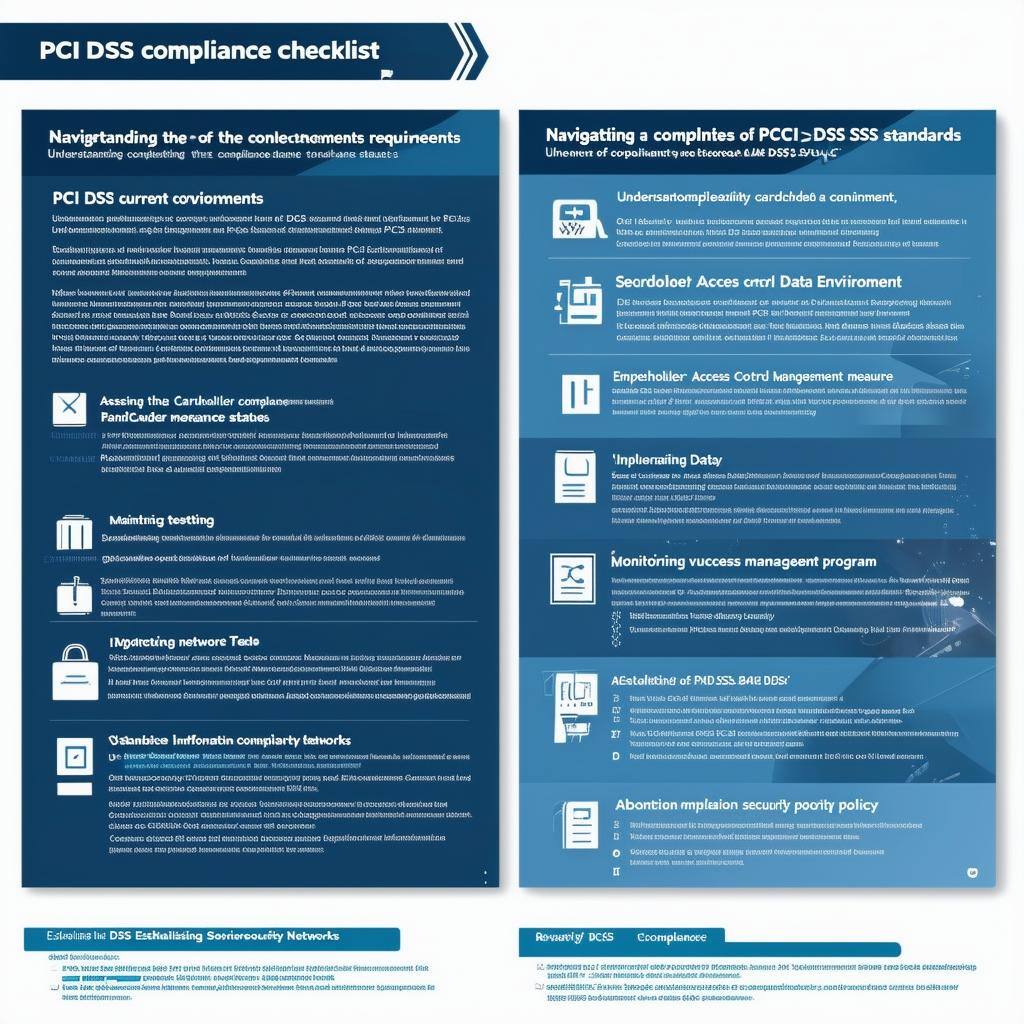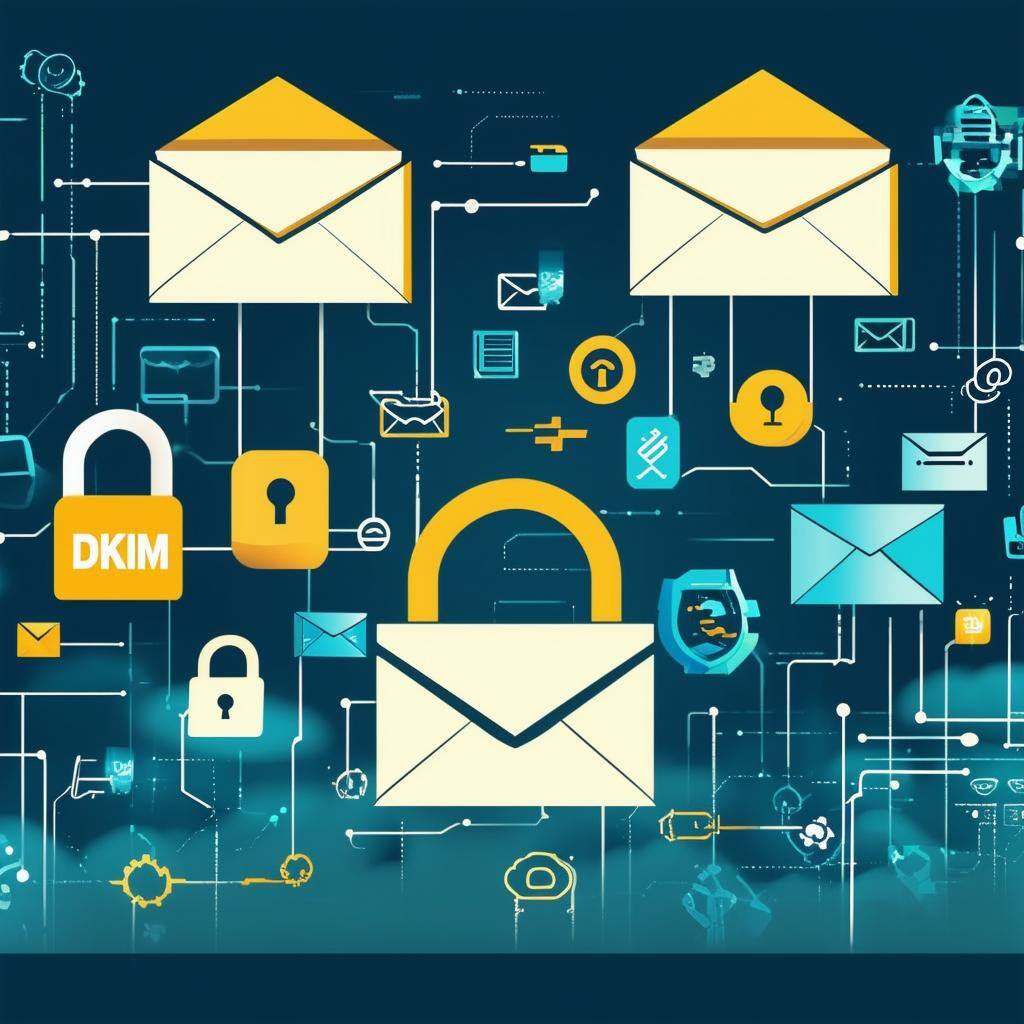Uncovering the Latest CUPS Vulnerability
Intro In the realm of IT and network management, vulnerabilities are a constant concern for professionals tasked with maintaining secure systems. One...

Well-executed cyber due diligence is a key factor in the successful closing of a merger or acquisition deal. With cyber threats growing in complexity, performing your cyber due diligence is essential as it protects you from a variety of financial and reputational risks. With a detailed account of a prospect’s cybersecurity and data privacy practices, organizations are better able to evaluate any risk they may incur once a deal has been finalized.
In this post, we will break down the role of cybersecurity due diligence in mergers and acquisitions (M&A) as well as highlight how organizations can perform cyber due diligence during the M&A phase.
Cybersecurity due diligence is the process of identifying and addressing cyber risks across your network ecosystem. The goal is to collect insights into potential gaps in network security so that they can be addressed before they are exploited by cybercriminals. Cyber due diligence can also help organizations better manage third-party relationships as it allows them to effectively monitor the cybersecurity posture of their vendors. From a regulatory compliance standpoint, performing this due diligence helps organizations avoid fines and build more comprehensive compliance strategies.
When looking to build a due diligence program, there are several factors that should be considered. It is important to take your organization’s industry into account as cyber risks vary across business sectors. Additionally, you should also take time to rank each cyber risk based on its severity and potential impact on your business. This can be done by establishing organizational risk appetite and tolerance statements. From there, you should be conducting yearly risk assessments in order to evaluate how well you are managing identified cyber threats.
With regard to mergers and acquisitions, the objective of cyber due diligence is to identify any risks that could directly impact the parties involved in the transaction. Just as cyber risks vary by sector, so does the threat landscape of organizations across industries. For this reason, some acquisition targets may require greater levels of due diligence than others.
The more involved an acquisition target will be in your day-to-day operations, the more in-depth you will want your due diligence process to be throughout the M&A lifecycle. This helps you avoid future cybersecurity headaches, as you are able to identify and address potential risks prior to the deal being completed. Another advantage of performing due diligence in M&A deals is that it can be used to establish benchmarks that can be applied when assessing new investments. This helps streamline the due diligence process for future mergers and acquisitions.
It is important to take a risk-based approach to cyber due diligence when evaluating an M&A target as this will help you better identify potential deal-breakers. Below are three steps you can follow to conduct effective due diligence during the M&A phase:
A data inventory or data map is a document that provides insight into how much data a target company has, where it is stored, and how it is transferred. Creating a data map will help you identify data security risks that your organization may incur once the transaction is complete.
Data maps can also be used after an M&A deal has been finalized. Typically, the acquired company will have to transfer large amounts to its parent company. It is imperative that organizations take steps to ensure that this transition of data is secure to avoid compliance concerns. By taking data inventory before finalizing a deal, you are able to reduce the cyber risk associated with data transfers. The data map will allow you to monitor where data is coming from so that you can put security protocols in place in order to protect data while it is in transit.
Reviewing past cybersecurity assessments provides valuable insight into a target organization’s risk posture. Cybersecurity assessments can be conducted internally or by third-party auditors so be sure to ask for copies of all recent evaluations. You can also use these to evaluate a target organization’s response to identified risks. During the M&A phase, come prepared with questions about how the target organization used past cybersecurity assessments to improve their security operations. A key component of cybersecurity evaluations is establishing systems for ongoing security monitoring, so they should have some programs in place that track the effectiveness of security controls.
Before a target organization is acquired, it is essential that you create an integration strategy that can be applied once the deal is complete. Without effective protocols, converging network systems can create critical gaps in security, leading to data breaches. Knowing this, cybercriminals often target newly acquired companies looking for vulnerabilities to exploit. Generally, it is the CIO or CISOs job to test network compatibility.
In order to conduct effective cyber due diligence, you need ongoing visibility into your acquisition target’s network ecosystem. CyAlly’s cybersecurity due diligence services allows you to take a proactive approach to due diligence by providing insights into an M&A target’s security processes. This allows you to make informed buying decisions based on a target’s compliance adherence and ability to effectively remediate vulnerabilities.
Our due diligence services also helps companies actively monitor their acquisition portfolio by providing regular updates on new vulnerabilities and cyber threats. Once identified, CyAlly also sends actionable tips for remediation, allowing you to work with acquired companies to address indemnified risks as they arise.
As more organizations look to expand their operations through mergers or acquisitions, CyAlly provides the necessary tools to streamline cyber due diligence and facilitate successful deals.

Intro In the realm of IT and network management, vulnerabilities are a constant concern for professionals tasked with maintaining secure systems. One...

Intro Navigating the complexities of PCI DSS compliance can be daunting for businesses that handle cardholder data. This comprehensive PCI DSS...

Intro In today's digital age, the importance of cyber security cannot be overstated. With the increasing number of cyber threats and attacks,...

In the rapidly evolving digital landscape, email remains a cornerstone of communication. As such, ensuring the integrity and authenticity of these...

DMARC is a standard email authentication method. DMARC helps mail administrators prevent hackers and other attackers from spoofing their organization...

Intro In the realm of IT and network management, vulnerabilities are a constant concern for professionals tasked with maintaining secure systems. One...